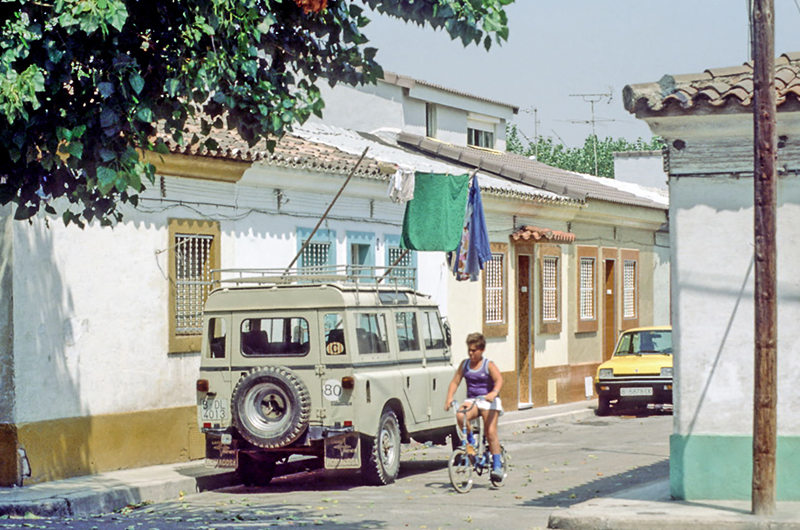34. Inhabiting Barcelona. 20th century housing challenges

The four houses in Carrer de Bellmunt show the stages of a historical cycle which ran throughout the 20th century. It began with the large-scale arrival of immigrants in the city and the emergence of the first social housing and ended with the 1992 Olympic Games and the subsequent recession of 1997.
This process was shaped by access to home ownership for a wide range of social classes, something unprecedented and also far-reaching which substantially changed the city and its social life. It is divided into a number of stages, each with its own distinctive features: 1900-1936, 1939-1959, 1959-1975 and 1976-2000.


